In today’s fast-paced world, it’s easy to overlook the importance of what we eat. Yet, our food choices play a pivotal role in shaping our physical health, mental well-being, and overall quality of life. Healthy eating isn’t just about losing weight or following trends; it’s about nourishing your body and mind with the right balance of nutrients.
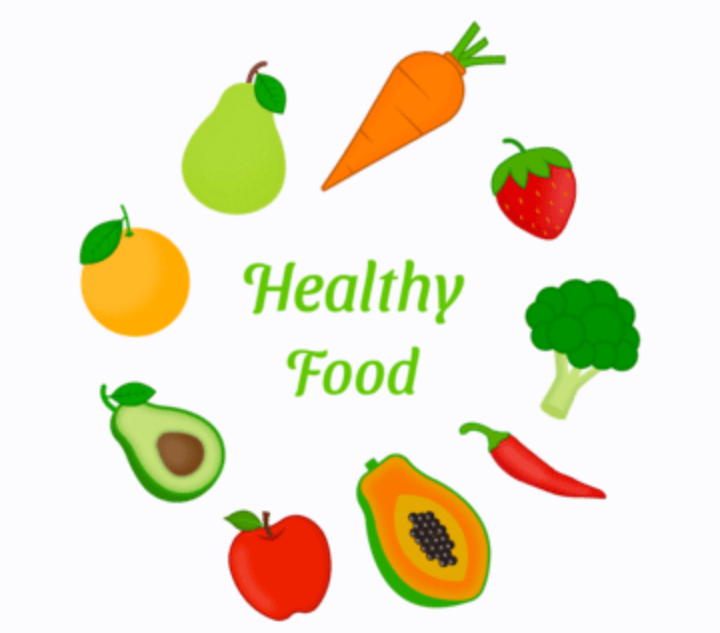
Healthy food refers to foods that provide essential nutrients—vitamins, minerals, protein, healthy fats, and carbohydrates—to fuel your body. These foods are minimally processed, nutrient-dense, and help maintain overall health. Think fresh fruits, vegetables, whole grains, lean proteins, and healthy fats like nuts, seeds, and olive oil.
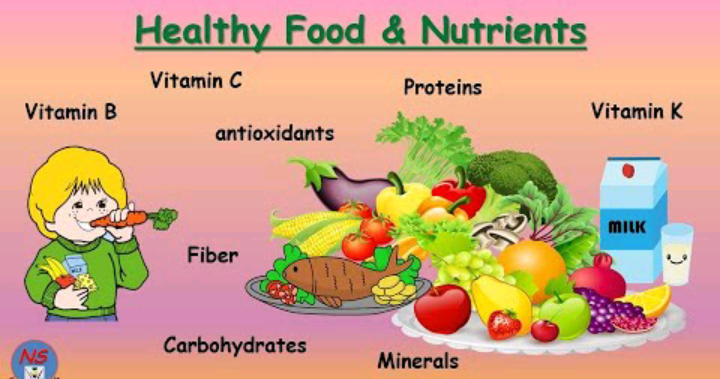
Benefits of Eating Healthy
1. Boosts Energy: Eating nutritious meals provides your body with steady energy throughout the day. Foods like oatmeal, quinoa, and bananas are excellent for sustained energy.
2. Strengthens Immunity: Vitamin C from citrus fruits, zinc from nuts, and antioxidants in berries bolster your immune system, keeping illnesses at bay.
3. Improves Mental Health: A healthy diet can improve mood and reduce the risk of depression. Foods rich in omega-3 fatty acids, such as salmon and flaxseeds, are particularly beneficial for brain health.
4. Promotes Longevity: A diet rich in fruits, vegetables, and whole grains has been linked to a lower risk of chronic diseases like heart disease, diabetes, and cancer.
Key Components of a Healthy Diet
Fruits and Vegetables: Aim for at least 5 servings a day. These are rich in vitamins, minerals, and antioxidants.
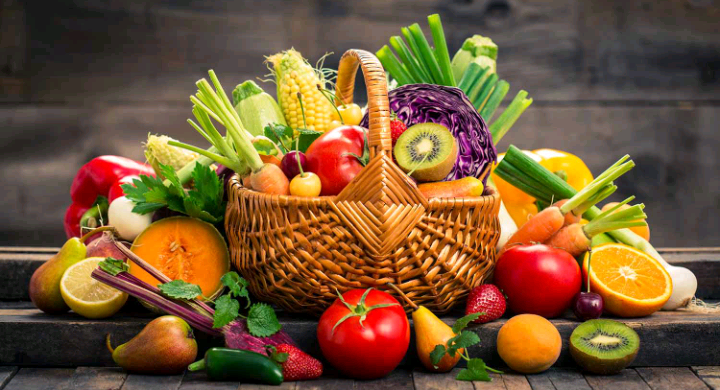
Whole Grains: Replace refined grains with whole grains like brown rice, quinoa, and whole wheat for added fiber and nutrients.
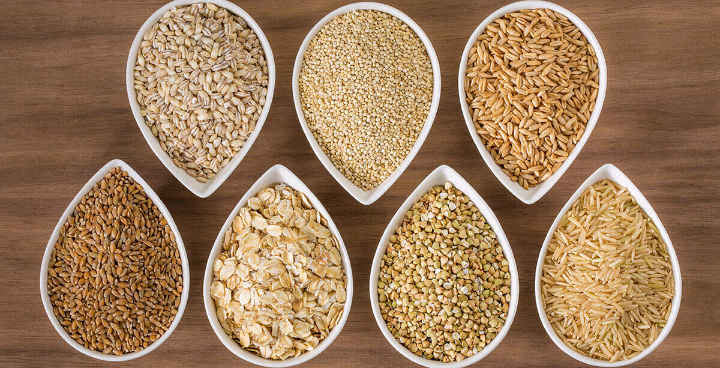
Lean Proteins: Include eggs, fish, chicken, tofu, and legumes to support muscle repair and overall growth.
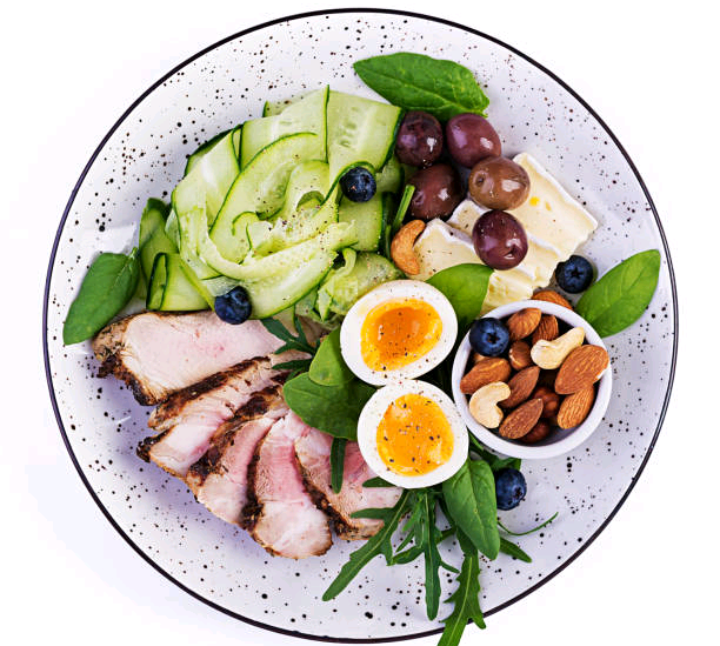
Healthy Fats: Incorporate sources like avocado, nuts, seeds, and olive oil to maintain heart health.
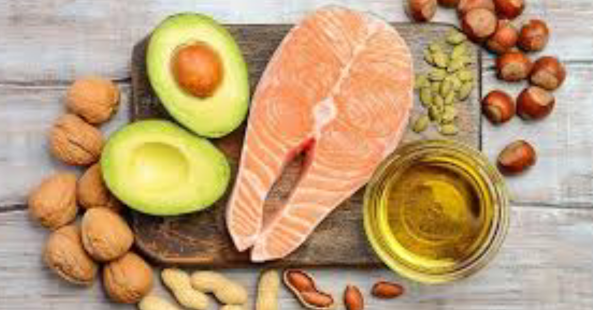
Hydration: Don’t forget to drink plenty of water throughout the day to keep your body functioning optimally.

Tips for Eating Healthy on a Budget plan Ahead:
Meal prepping can save time and reduce the temptation to order unhealthy takeout.
Buy Seasonal Produce: Seasonal fruits and vegetables are not only fresher but also more affordable.
Cook at Home: Homemade meals give you control over ingredients and portion sizes.
Limit Processed Foods: Pre-packaged and processed items often cost more and offer fewer nutrients.
Healthy Recipes to Try
- 1. Avocado Toast: Spread mashed avocado on whole-grain toast, sprinkle with a pinch of salt, and top with cherry tomatoes
- 2. Quinoa Salad: Mix cooked quinoa with diced cucumber, cherry tomatoes, chickpeas, and a lemon-olive oil dressing.
- 3. Smoothie Bowl: Blend frozen berries, a banana, and almond milk, then top with granola, chia seeds, and fresh fruit.
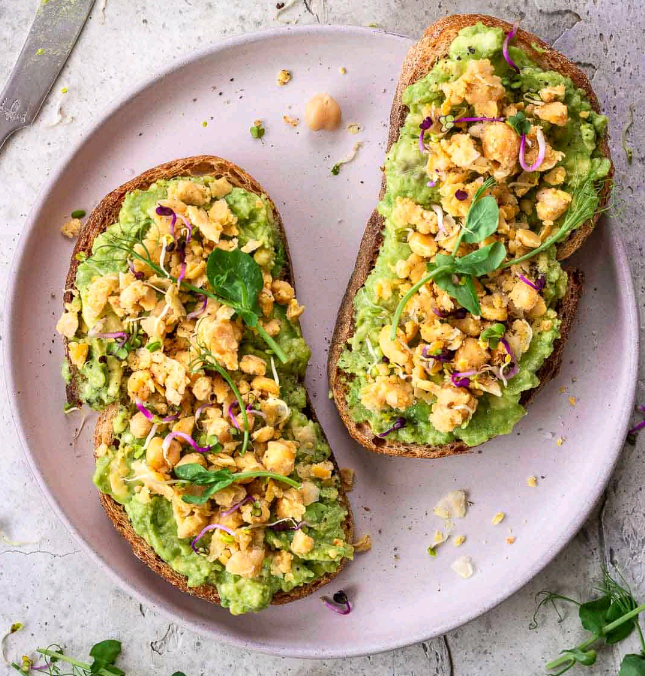
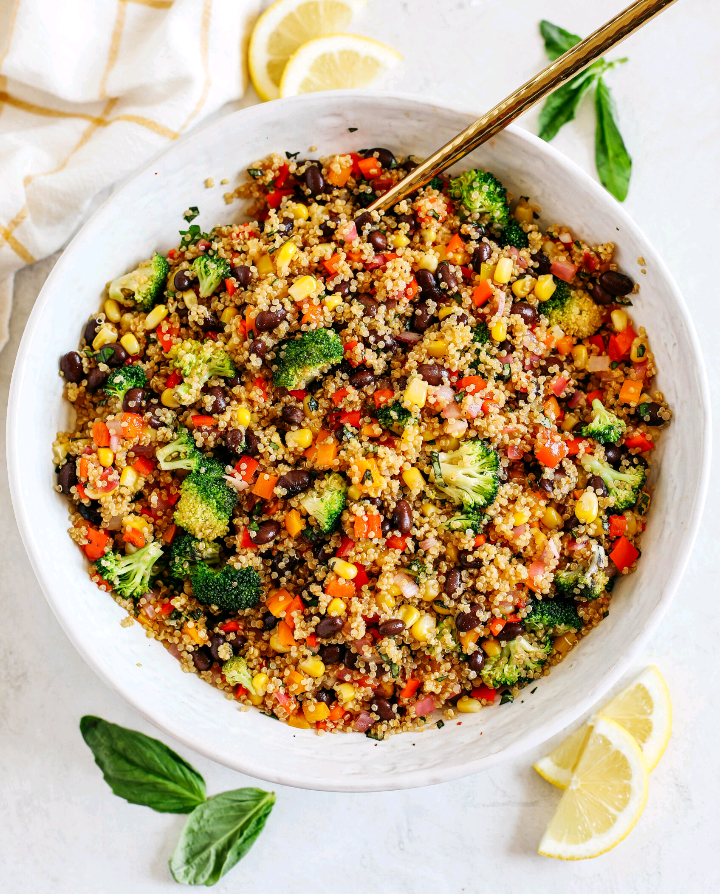

Final Thoughts
Adopting a healthy eating lifestyle is a journey, not a one-time event. Start by making small changes, such as incorporating more fruits and vegetables into your meals, and gradually eliminate unhealthy habits. Remember, healthy eating isn’t about perfection—it’s about balance. With time, you’ll notice the transformative effects on your energy levels, mood, and overall well-being.Eating healthy is a gift to yourself and your future. Take the first step today!